U.S. WIND POWER 100 GW
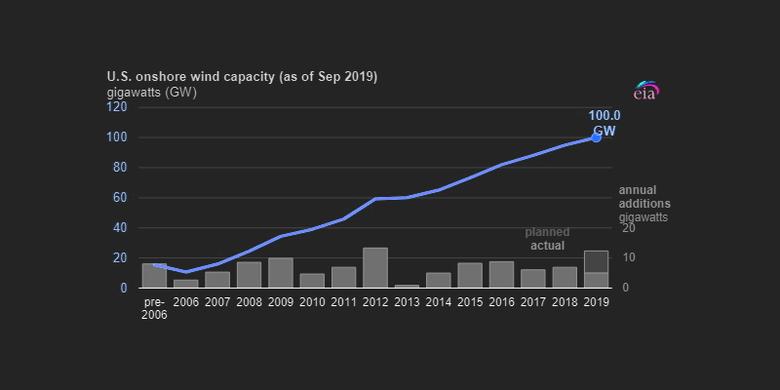
РЕЙТЕР -
-----
Раньше:

2018, March, 14, 11:45:00
REUTERS - U.S. West Texas Intermediate (WTI) crude futures CLc1 were at $60.77 a barrel at 0753 GMT, up 6 cents, or 0.1 percent, from their previous settlement. Brent crude futures LCOc1 were at $64.62 per barrel, down just 2 cents from their last close.
|

2018, March, 7, 15:00:00
РЕЙТЕР - К 9.17 МСК фьючерсы на североморскую смесь Brent опустились на 0,85 процента до $65,23 за баррель. Фьючерсные контракты на американскую лёгкую нефть WTI к этому времени торговались у отметки $62,07 за баррель, что на 0,85 процента ниже предыдущего закрытия.
|

2018, March, 7, 14:00:00
EIA - North Sea Brent crude oil spot prices averaged $65 per barrel (b) in February, a decrease of $4/b from the January level and the first month-over-month average decrease since June 2017. EIA forecasts Brent spot prices will average about $62/b in both 2018 and 2019 compared with an average of $54/b in 2017.
|

2018, March, 5, 11:35:00
РЕЙТЕР - К 9.28 МСК фьючерсы на североморскую смесь Brent поднялись на 0,33 процента до $64,58 за баррель. Фьючерсные контракты на американскую лёгкую нефть WTI к этому времени торговались у отметки $61,44 за баррель, что на 0,31 процента выше предыдущего закрытия.
|

2018, March, 4, 11:30:00
МИНФИН РОССИИ - Средняя цена нефти марки Urals по итогам января – февраля 2018 года составила $ 65,99 за баррель.
|

2018, February, 27, 14:15:00
РЕЙТЕР - К 9.18 МСК фьючерсы на североморскую смесь Brent опустились на 0,15 процента до $67,40 за баррель. Фьючерсные контракты на американскую лёгкую нефть WTI к этому времени торговались у отметки $63,80 за баррель, что на 0,17 процента ниже предыдущего закрытия.
|

2018, February, 27, 14:05:00
МИНФИН РОССИИ - Средняя цена на нефть Urals за период мониторинга с 15 января по 14 февраля 2018 года составила $66,26457 за баррель, или $483,7 за тонну.
|
U.S. WIND POWER 100 GW

U.S. EIA - Cumulative U.S. installed onshore wind capacity exceeded 100 gigawatts (GW) on a nameplate capacity basis as of the end of September 2019, according to the U.S. Energy Information Administration's (EIA) Preliminary Monthly Electric Generator Inventory. More than half of that amount has been installed since the beginning of 2012. The oldest wind turbines still operating in the United States came online as early as 1975.

As of the third quarter of 2019, 41 states had at least one installed wind turbine. Texas had the most capacity installed, at 26.9 GW, followed by Iowa, Oklahoma, and Kansas. These four states accounted for half of the total U.S. installed wind capacity.
In the United States, wind turbines tend to come online late in the year. Based on information reported in the Preliminary Monthly Electric Generator Inventory, EIA expects that an additional 7.2 GW of capacity will come online in December 2019. EIA also expects that another 14.3 GW of wind capacity will come online in 2020. If realized, the United States would have about 122 GW of wind capacity by the end of next year.
-----
Earlier:
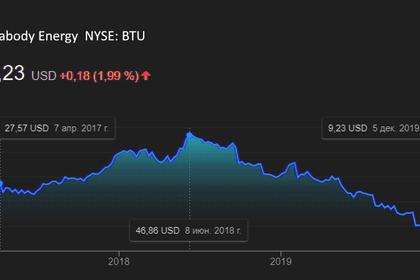
2019, December, 6, 13:00:00
U.S. COAL COMPANIES DOWN
The market capitalization of five of the top 10 U.S. coal companies was sliced by more than half from early January to mid-November 2019.
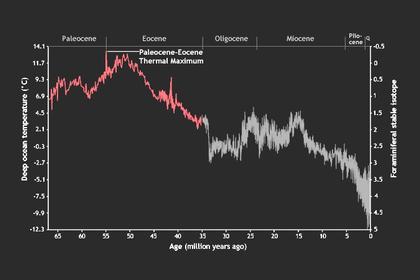
2019, December, 4, 12:37:00
TO REDUCE EMISSIONS BY 7.6%
To limit global temperature rise to the necessary 1.5 degrees by the end of this century, we must reduce emissions by 45 per cent from 2010 levels by 2030, and we must achieve climate neutrality by 2050.
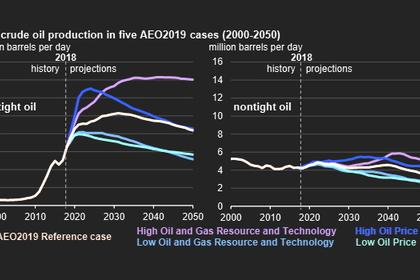
2019, December, 4, 12:15:00
U.S. SHALE OVER
They believe relentless US oil production growth will slow rapidly next year.

2019, November, 27, 12:10:00
UN: CLIMATE CHANGES, IMPACTS
Even if countries meet commitments made under the 2015 Paris Agreement, the world is heading for a 3.2 degrees Celsius global temperature rise over pre-industrial levels, leading to even wider-ranging and more destructive climate impacts, warns a report from the UN Environment Programme,
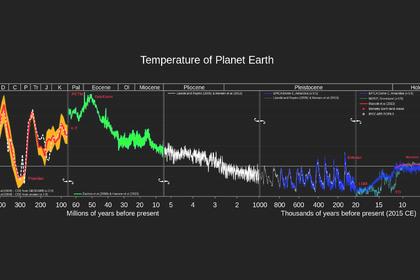
2019, November, 27, 12:05:00
GREENHOUSE GAS CONCENTRATIONS UP
Levels of heat-trapping greenhouse gases in the atmosphere have reached another new record high, according to the World Meteorological Organization. This continuing long-term trend means that future generations will be confronted with increasingly severe impacts of climate change, including rising temperatures, more extreme weather, water stress, sea level rise and disruption to marine and land ecosystems.
All Publications »
Tags:
USA,
RENEWABLE,
WIND,
POWER

















